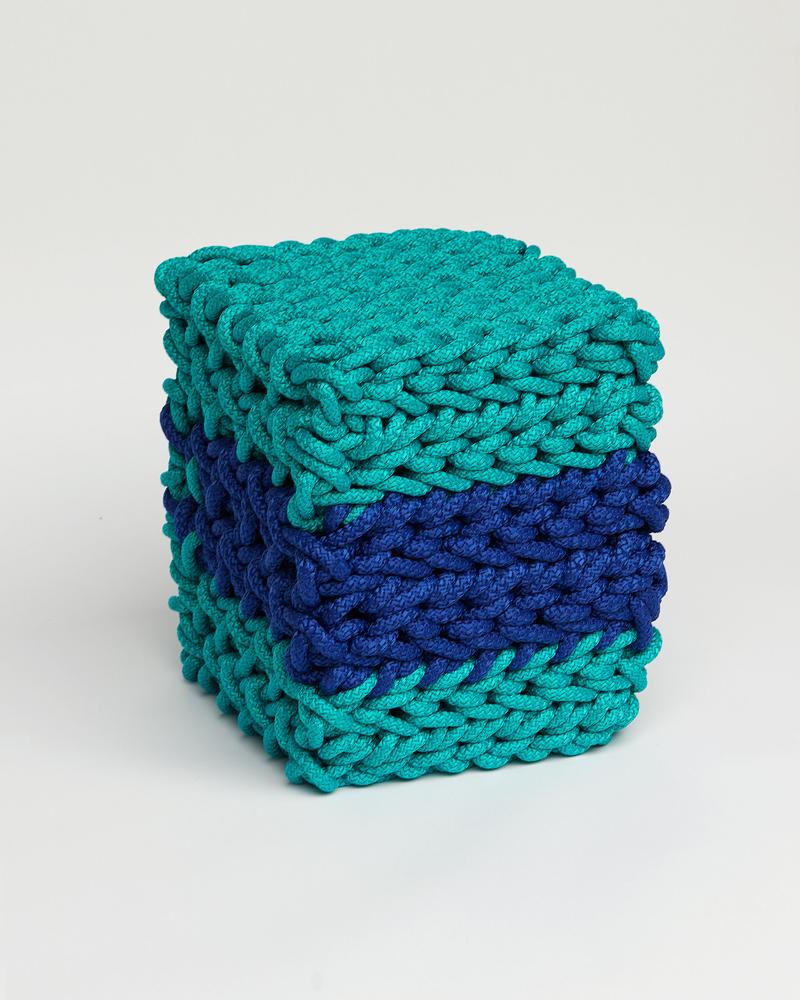Light it Up
“The more I read and research about color, the less I know about the subject,” Hella Jongerius has said. “In that sense, it is a metaphor for life itself.” She’s right: color is the most evanescent of all design factors. No one can say just what a particular color looks like to someone else, a problem philosophers have pondered; what we do know is that hue is a constantly shifting domain of perception, in which everything is relative.
The works seen here dwell in this complexity. Jongerius’s Colored Vase: Magenta is from her extended collaboration with the Dutch ceramic manufacturer Royal Tichelaar Makkum, for which the designer has mixed bespoke colors using archival glazes and other pigments. Throughout this multi-year investigation, Jongerius has consistently used a tall vase form, initially developed in 1997. Its repeated use foregrounds the quality of the colors, rather as a painter uses a blank canvas.
The works seen here dwell in this complexity. Jongerius’s Colored Vase: Magenta is from her extended collaboration with the Dutch ceramic manufacturer Royal Tichelaar Makkum, for which the designer has mixed bespoke colors using archival glazes and other pigments. Throughout this multi-year investigation, Jongerius has consistently used a tall vase form, initially developed in 1997. Its repeated use foregrounds the quality of the colors, rather as a painter uses a blank canvas.
The juxtaposition of white porcelain and vibrant magenta glaze, in this example, finds a close parallel in Kwangho Lee’s stool handwoven from two colors of thick nylon cord. The object’s dense structure and binary chromatic contrast lend it the aspect of 1960s Minimalism, though a more immediate reference for Lee’s inventive object is the work of his own grandfather, a farmer who often cobbled together useful things from found materials.
Gaetano Pesce’s Pratt Chair, finally, revisits the designer’s important project from 1984, in which he used nine graduated formulae of resin to make and remake the same chair, using just one mold. The softest resin cast flopped to the ground “like a bag of bones,” as Pesce says, while the most rigid made a miniature monument, a sculpture of a chair. Somewhere in the middle is a comfortable seat. The original Pratt Chairs are all matte and opaque, but in 2019, Pesce returned to the form using new translucent resins, literally shining new light on one of his many earlier masterpieces.
DNA is a collaborative essay project, intertwining three gallery programs into a single, generative presentation.





